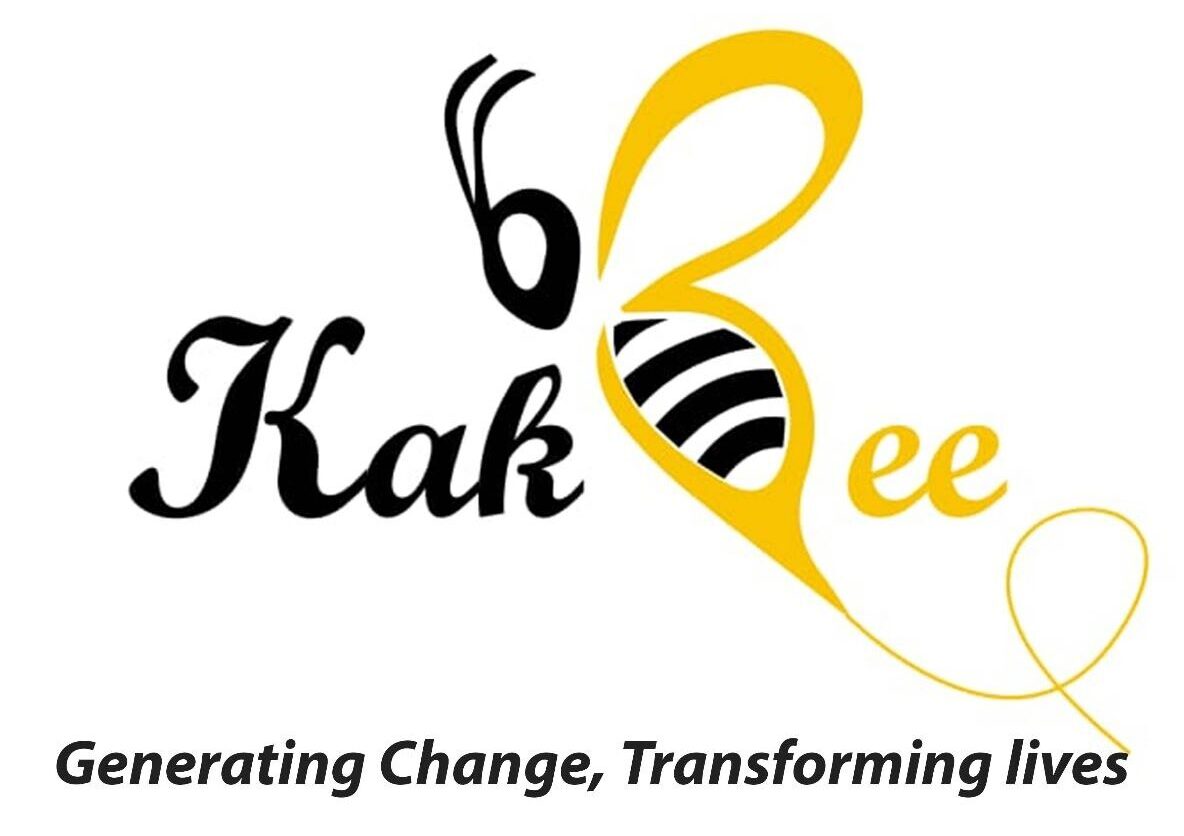The Aquaculture Program is an innovative initiative aimed at fostering self-resilience, enhancing food security, and promoting community development in Arid and Semi-Arid Lands (ASAL) regions and displacement settings like Turkana. These areas face severe challenges, including drought, hunger, unemployment, and environmental degradation. Aquaculture—the farming of fish and other aquatic organisms—offers a sustainable solution to combat these issues while promoting economic empowerment for vulnerable populations, especially women and youth.
Environmental Impact of Aquaculture
Aquaculture plays a crucial role in sustainable development and environmental conservation, particularly in water-scarce regions. Key environmental benefits include:
– Efficient water use: In ASAL regions where water is scarce, aquaculture can be integrated with other agricultural activities to maximize water use. Fish farming can use wastewater from irrigation, while fish waste can fertilize crops, creating a circular economy.
– Reduced pressure on wild fish stocks: By providing an alternative source of fish, aquaculture helps conserve wild fish populations, contributing to marine biodiversity and sustainable fishing practices.
– Mitigating climate change: Aquaculture ponds and systems can store water and support the local climate by maintaining humidity and creating small-scale ecosystems that improve resilience against climate shocks like drought.
Socio-Economic Benefits of Aquaculture
Aquaculture is a high-potential income-generating activity, offering numerous socio-economic benefits:
– Food security and nutrition: Fish is a rich source of protein and essential nutrients, addressing malnutrition in regions like Turkana, where food insecurity is prevalent. Fish farming also increases access to affordable and nutritious food.
– Job creation: Aquaculture creates sustainable jobs, particularly for women and youth, in areas where traditional farming is not feasible. It provides a new avenue for economic empowerment and livelihood diversification.
– Gender and youth empowerment: By involving women and youth in fish farming, the program empowers these marginalized groups to take charge of their economic futures, reducing reliance on aid and fostering self-reliance.
– Economic growth: With a growing demand for fish and fish products, aquaculture opens up new market opportunities for fish farmers, contributing to the overall economic development of the region.
Aquaculture Products and Their Economic Impact
Aquaculture yields several products that can significantly improve livelihoods:
1. Fish: The primary product, fish such as tilapia and catfish, provides both food for local consumption and income from market sales.
2. Fish feed: Producing fish feed locally can create a secondary market and reduce the cost of inputs, further enhancing the profitability of fish farming.
3. Fish waste: Fish waste can be used as organic fertilizer, supporting other agricultural activities, including crop farming and tree nurseries.
A Game-Changer for ASAL Regions and Displacement Settings
In ASAL regions like Turkana, where traditional farming is often limited due to drought and poor soil quality, aquaculture offers a game-changing solution by:
– Addressing hunger and malnutrition: Fish farming boosts food production and ensures a steady supply of protein-rich food, reducing dependency on external food aid.
– Combating unemployment: Aquaculture provides green, decent jobs that are vital for the region’s economic recovery, especially for youth and women who face high levels of unemployment.
– Restoring ecosystems: Through efficient water use and integration with agriculture, aquaculture helps restore ecosystems by promoting sustainable land and water management practices.
In displacement settings, where refugees often struggle to find employment and access resources, aquaculture provides a sustainable livelihood that can thrive even in challenging conditions. It enhances both economic stability and social inclusion, making it a powerful tool for empowering refugees and host communities alike.
Key Benefits for Women and Youth Empowerment
The Aquaculture Program is particularly significant for empowering women and youth in displacement settings and ASAL regions:
– Economic Independence: Women and youth involved in aquaculture can generate their own income, breaking the cycle of poverty and dependency.
– Skill Development: The program provides training in fish farming, business management, and marketing, equipping participants with the skills needed to succeed.
– Community Leadership: By engaging women and youth in decision-making processes related to aquaculture, the program fosters leadership and participation, promoting social cohesion and resilience.
Aquaculture as a Catalyst for Change
Aquaculture is a powerful tool for driving positive change in climate-vulnerable regions like Turkana. It addresses multiple challenges—hunger, unemployment, and environmental degradation—while fostering self-reliance, economic growth, and community development.
